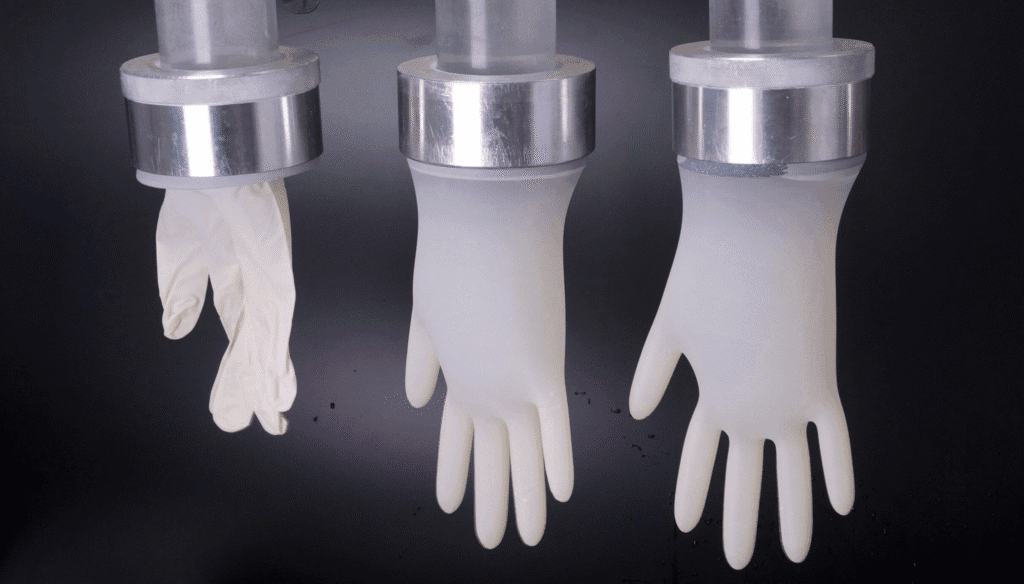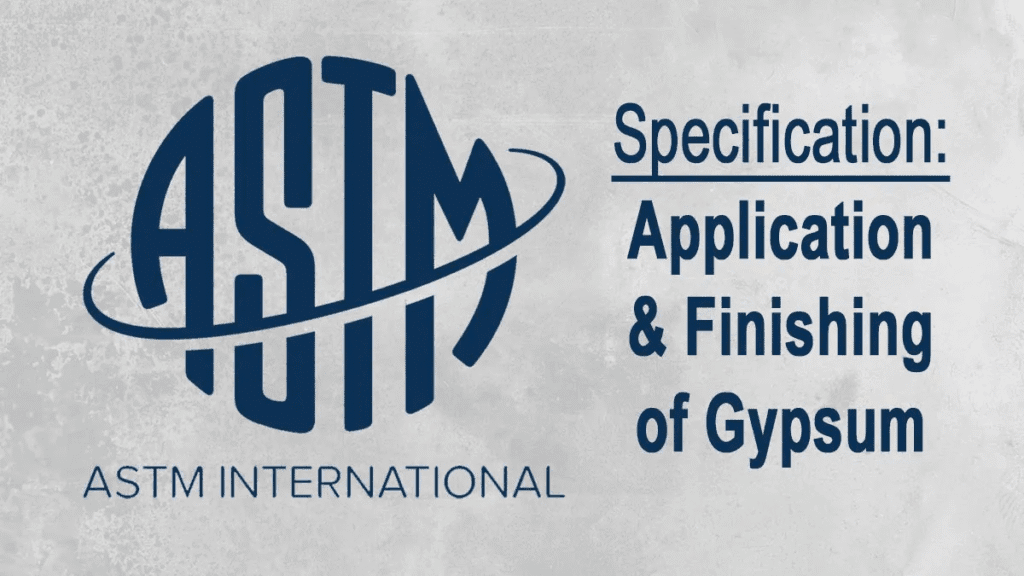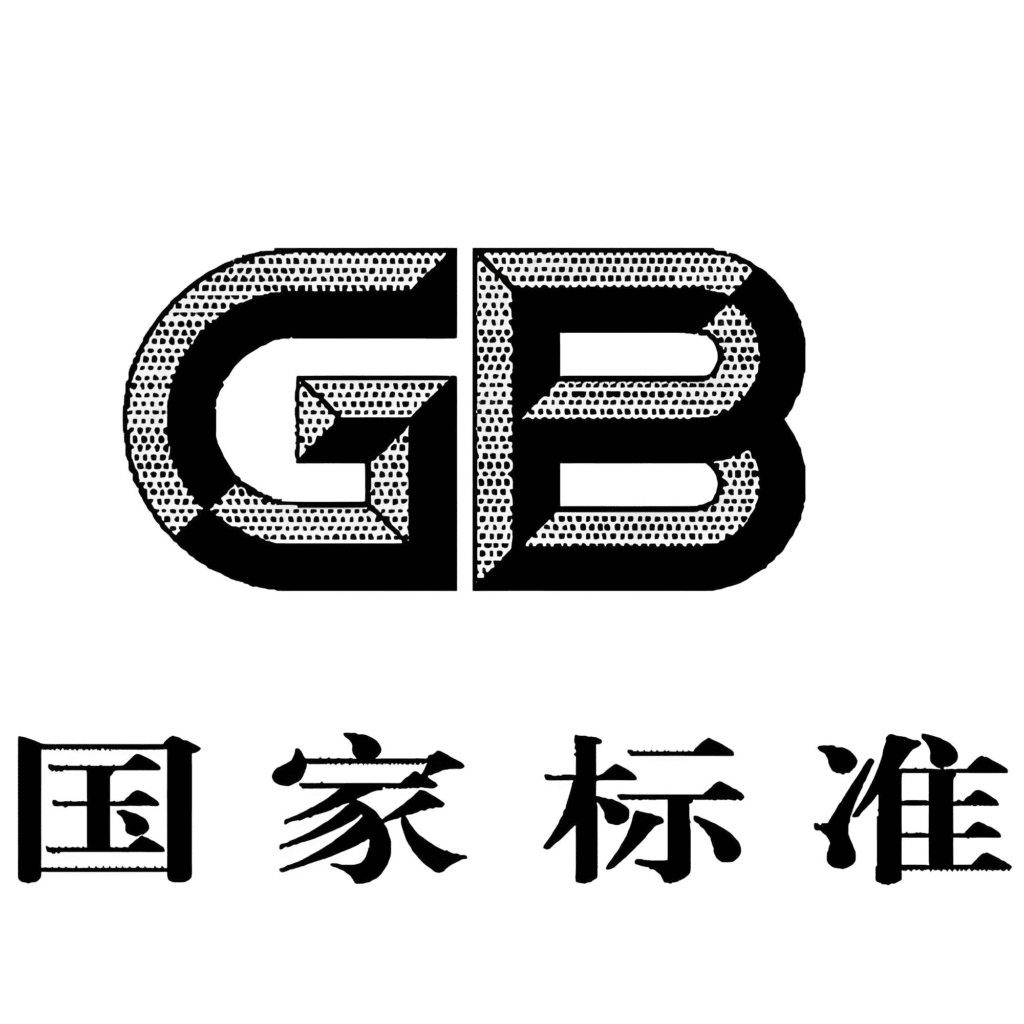Brief Introduction of EN455
EN455 is a set of European standards developed by the European Committee for Standardization (CEN) that specifies requirements for single-use medical gloves. These standards are designed to ensure the performance, safety, and quality of such gloves, covers various aspects including freedom from holes, physical properties, biological evaluation, and shelf life,thereby protecting both healthcare professionals and patients during medical procedures by preventing cross-infection (e.g., transmission of bodily fluids, microorganisms).
Core Objectives of EN455
To guarantee that single-use medical gloves can effectively provide protection in medical, nursing, dental, and other healthcare settings, reducing the risk of cross-infection between healthcare workers and patients.
To establish uniform criteria for the materials, physical properties, biological safety, and other key aspects of gloves, providing manufacturers, regulatory authorities, and users with a consistent basis for quality assessment.
Components of EN455
1. EN455-1:2020: General requirements and test methods

This part outlines the basic requirements for single-use medical gloves, including:
- Dimensions: Specifications for length, thickness, and size ranges (e.g., XS, S, M, L, XL).
- Appearance: Prohibitions on defects such as holes, tears, stains, or irregularities that could compromise functionality. Water tightness testing for example, it’s used to detect the presence of holes in the gloves. The standard provides a detailed methodology for conducting this test, including the use of a filling tube of suitable dimensions and the addition of a specific amount of water at a certain temperature.
- Packaging and labeling: Mandatory information on packaging, including sterility status, size, expiration date, manufacturer details, and compliance with EN455 standards.
- General test methods: Procedures for leakage testing (to detect pinholes), tensile strength, and elongation at break to evaluate durability. EN455-1 provide guidelines for sample inspection, it stipulate using AQL(Acceptance Quality Limit) standardize inspection.For the testing of freedom from holes, the standard sets an AQL of 0.65 for surgical gloves and 1.5 for examination gloves.
2. EN455-2:2015: Requirements for physical properties

This section details specific physical performance criteria to ensure gloves can withstand the stresses of medical use:
- Tensile strength: The maximum force a glove material can withstand before breaking, ensuring resistance to tearing during use.
- Elongation at break: The percentage a glove can stretch before breaking, reflecting its elasticity and comfort.
- Pinhole rate: Limits on the number of pinholes (e.g., ≤1 pinhole per glove) as determined by a water-tightness test. This is critical for preventing fluid penetration.
3. EN455-3:2015: Requirements for biological evaluation
Focused on the biological safety of gloves, this part mandates tests to ensure materials (e.g., natural rubber latex, nitrile, vinyl) do not cause adverse reactions:
- Skin irritation: Assessments to confirm gloves do not cause redness, itching, or inflammation after prolonged contact.
- Sensitization: Tests for delayed hypersensitivity reactions, particularly important for latex gloves, which may contain proteins that trigger allergies.
- Toxicity: Evaluations to ensure no harmful substances leach from the glove material into the skin or patient tissues.
4. EN455-4:2009: Requirements for sterile gloves
Specifically applicable to sterile medical gloves (e.g., surgical gloves), this part includes additional criteria:
- Sterility assurance level (SAL): A requirement of 10⁻⁶, meaning the probability of a single glove remaining non-sterile after sterilization is ≤1 in 1,000,000.
- Sterilization validation: Procedures to verify that sterilization processes (e.g., gamma irradiation, ethylene oxide) effectively eliminate microorganisms.
Scope of Application

EN455 applies to single-use medical gloves, including examination gloves and surgical gloves, made from materials such as natural rubber latex, nitrile rubber, polyvinyl chloride (PVC), and neoprene.
It does not apply to reusable gloves or gloves intended for non-medical use (e.g., industrial gloves).
Relationship with Other Standards
Within the European Union, EN455 is a harmonized standard under the Medical Device Regulation (MDR 2017/745). Compliance with EN455 demonstrates that gloves meet the essential safety and performance requirements for medical devices, facilitating market access within the EU.
While EN455 aligns with some aspects of international standards (e.g., ISO 13485 for medical device quality management systems) and U.S. standards (e.g., ASTM D3578 for rubber gloves), there are differences in specific requirements, making EN455 the definitive benchmark for the European market.
Significance
For manufacturers: Provides clear guidelines for production and testing, ensuring products meet regulatory requirements and market acceptance.
For users (healthcare professionals and patients): Guarantees consistent protection and safety, minimizing the risk of infection and adverse reactions.
For regulators: Simplifies quality oversight and market surveillance, enabling efficient assessment of product compliance.
Comparison with EN374

EN374 is another important European standard focusing on gloves for protection against chemicals and microorganisms. While there is some overlap in microorganism protection, EN455 and EN374 differ significantly in their scope, objectives, and requirements.
Key Differences and Similarities:
- Applicable Scenarios: EN455 is specifically tailored for medical settings, including hospitals, clinics, and dental offices, where the primary concern is preventing cross-infection between healthcare providers and patients. EN374, on the other hand, has a broader application range, covering industrial chemical handling, laboratory operations, medical infection control, and hazardous material transportation.
- Core Protection Goals: The main goal of EN455 is to ensure that single-use medical gloves can effectively prevent the transmission of bodily fluids and microorganisms, thereby reducing the risk of cross-infection. EN374 focuses more on protecting users from chemical substances (such as acids, alkalis, solvents) and also includes requirements for microorganism protection, but with a greater emphasis on chemical resistance.
- Standard Composition: EN455 consists of four parts, focusing on general requirements, physical properties, biological evaluation, and sterile glove requirements. EN374 has more parts, including those related to terminology, test methods, performance requirements for chemical and microorganism protection, test liquid lists for chemical resistance, and supplementary requirements for microorganism protection.
- Sterility Requirements: EN455-4 specifically addresses sterile gloves, requiring a sterility assurance level (SAL) of 10⁻⁶. EN374 does not have specific sterility requirements as it is not primarily intended for sterile medical procedures.
- Chemical Resistance: EN455 does not emphasize chemical resistance since medical gloves in its scope are not mainly used for handling strong chemicals. EN374, however, has detailed provisions on chemical resistance, including penetration testing for specific chemicals and labeling requirements for chemical protection.
- Microorganism Protection: Both standards include requirements for microorganism protection. EN455 focuses on preventing the transmission of microorganisms in medical settings, while EN374’s microorganism protection is more general, applicable to various scenarios where protection against microorganisms is needed, along with chemical protection.

Comparison Table:
| Aspect | EN455 | EN374 |
| Primary Purpose | Ensure safety and performance of single-use medical gloves to prevent cross-infection in healthcare settings. | Ensure gloves provide protection against chemicals and microorganisms in various settings (industrial, laboratory, medical, etc.). |
| Applicable Glove Type | Single-use medical gloves (examination, surgical). | Gloves for chemical and microorganism protection (reusable or single-use, depending on the scenario). |
| Key Performance Focus | Physical properties (tensile strength, pinhole rate), biological safety (irritation, sensitization), sterility (for surgical gloves). | Chemical resistance (penetration time for specific chemicals), microorganism barrier, physical properties (tensile strength, tear resistance). |
| Sterility Requirements | Yes (EN455-4 specifies SAL 10⁻⁶ for sterile gloves). | No specific sterility requirements. |
| Chemical Resistance Testing | Not emphasized. | Detailed (includes penetration testing for various chemicals, with labeling of chemical codes and penetration times). |
| Microorganism Protection | Focused on preventing cross-infection in medical contexts. | General protection against microorganisms, often in conjunction with chemical protection. |
| Harmonized Regulation | Aligned with Medical Device Regulation (MDR 2017/745). | Aligned with Personal Protective Equipment (PPE) Regulation (EU 2016/425). |
| Material Examples | Natural rubber latex, nitrile, PVC, neoprene. | Nitrile, chloroprene, natural rubber, PVC, polyethylene (PE). |
Other International Medical Glove Standards
Besides EN374, there are other prominent international standards for medical gloves that differ from EN455 in scope, requirements, and regional applicability. Here’s a comparison with key standards:
1. ASTM Standards (United States)

ASTM International has developed several standards for medical gloves, with ASTM D3578 (for rubber examination gloves) and ASTM D6319 (for surgical gloves) being the most relevant.
- Scope: Similar to EN455, they focus on single-use medical gloves but with more detailed Categoriesfor latex and non-latex materials (e.g., nitrile).
- Key Differences:
- Physical Properties: ASTM D3578 specifies different tensile strength thresholds (e.g., ≥18 MPa for latex, ≥15 MPa for nitrile) compared to EN455-2, which uses broader ranges.
- Sterility Testing: ASTM D6319 requires sterility validation but does not explicitly mandate a SAL of 10⁻⁶ (though this is industry practice).
- Labeling: More emphasis on user warnings (e.g., latex allergy risks) than EN455.
2. ISO Standards (International)

The ISO 11193 series (ISO 11193-1 to ISO 11193-5) covers single-use medical gloves globally.
- Alignment with EN455: ISO 11193-1 (general requirements) and ISO 11193-4 (sterile gloves) are largely harmonized with EN455-1 and EN455-4, respectively.
- Key Differences:
- Biological Evaluation: ISO 11193-3 references ISO 10993 (biological evaluation of medical devices) more strictly than EN455-3, which uses CEN-specific test methods.
- Global Applicability: ISO standards are adopted by countries outside Europe (e.g., Australia, Japan), while EN455 is EU-specific.
3. GB Standards (China)

China’s GB 10213 (disposable medical gloves) is aligned with international standards but with regional adaptations.
- Key Differences:
- Material Restrictions: Stricter limits on harmful substances (e.g., residual monomers in PVC gloves) than EN455.
- Testing Protocols: Leakage testing uses a different sample size (100 gloves per batch vs. EN455’s 50) for examination gloves.
Summary Table: EN455 vs. International Standards
| Aspect | EN455 | ASTM D3578/D6319 | ISO 11193 Series | GB 10213 |
| Regional Focus | European Union | United States | Global | China |
| SAL Requirement | Mandatory (10⁻⁶ for sterile gloves) | Implied (industry standard) | Mandatory (10⁻⁶) | Mandatory (10⁻⁶) |
| Tensile Strength | ≥18 MPa (latex), ≥15 MPa (nitrile) | ≥18 MPa (latex), ≥15 MPa (nitrile) | Aligned with EN455 | ≥16 MPa (latex), ≥14 MPa (nitrile) |
| Biological Testing | CEN-specific methods | References FDA guidelines | ISO 10993-based | GB/T 16886 (China’s equivalent to ISO 10993) |
| Labeling Requirements | Basic (size, sterility) | Detailed (allergy warnings, usage instructions) | Minimal (global harmonization focus) | Mandatory Chinese language labeling |

